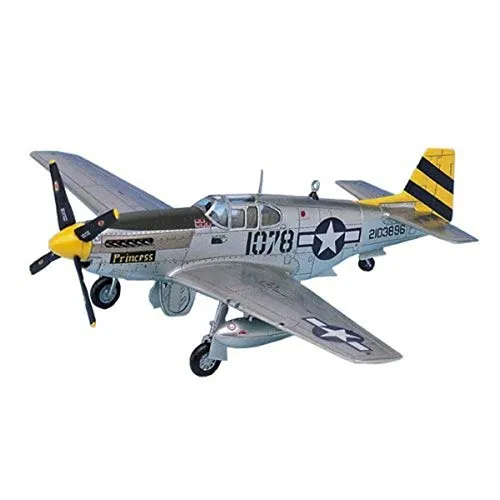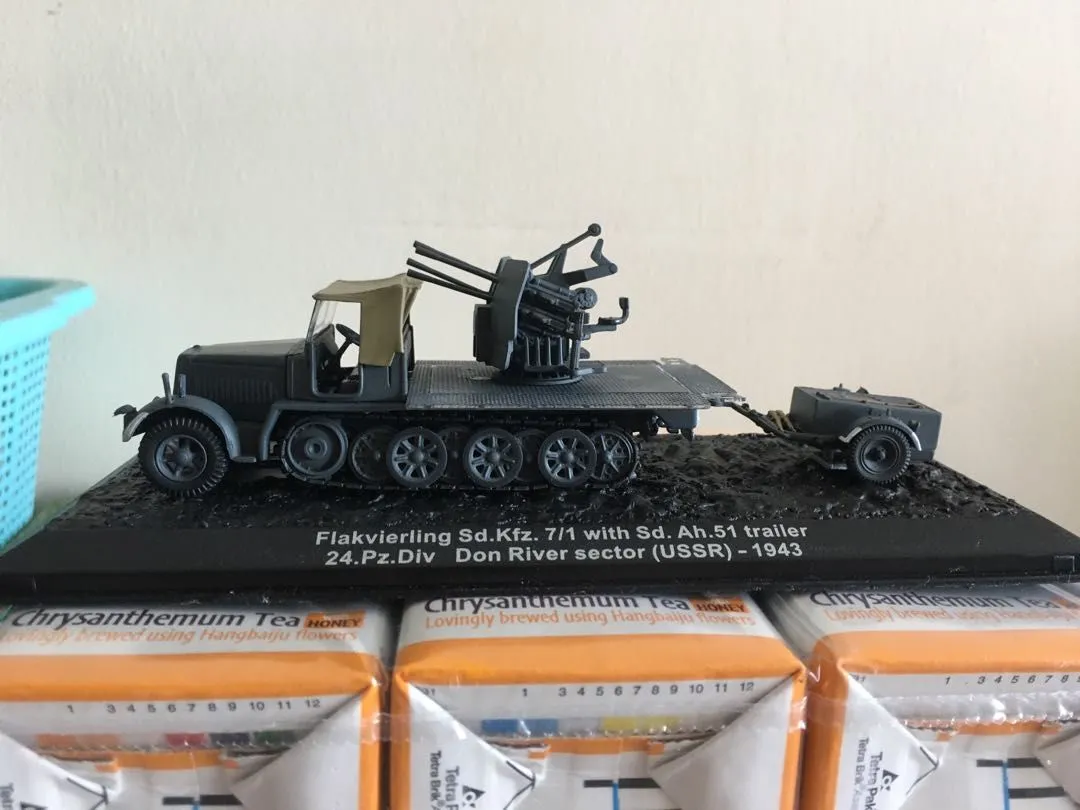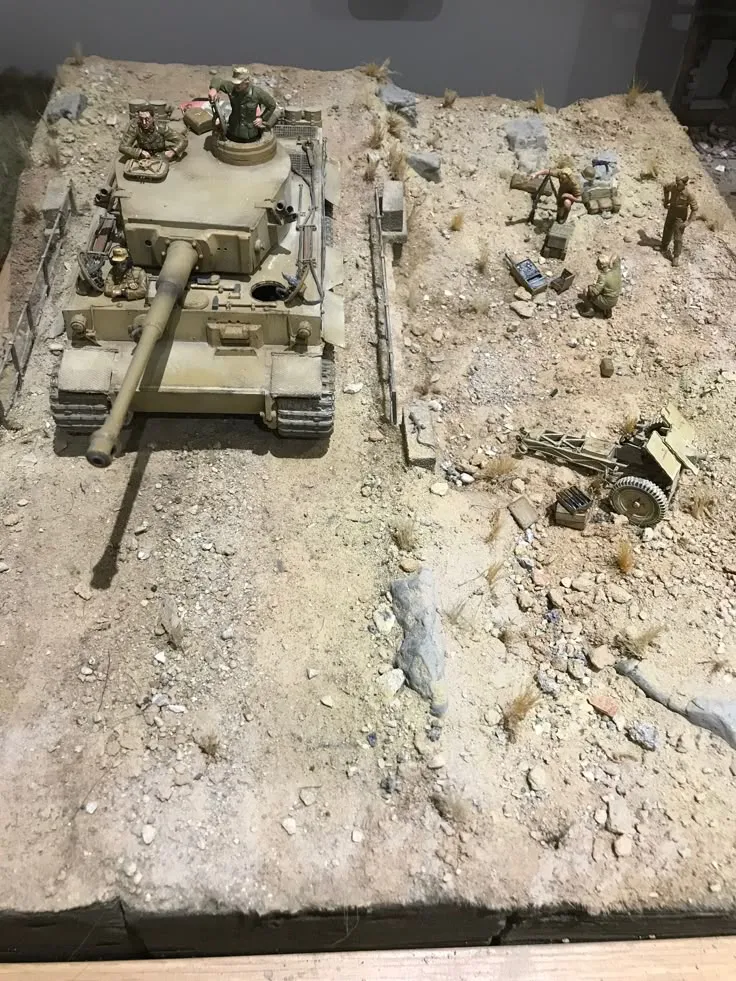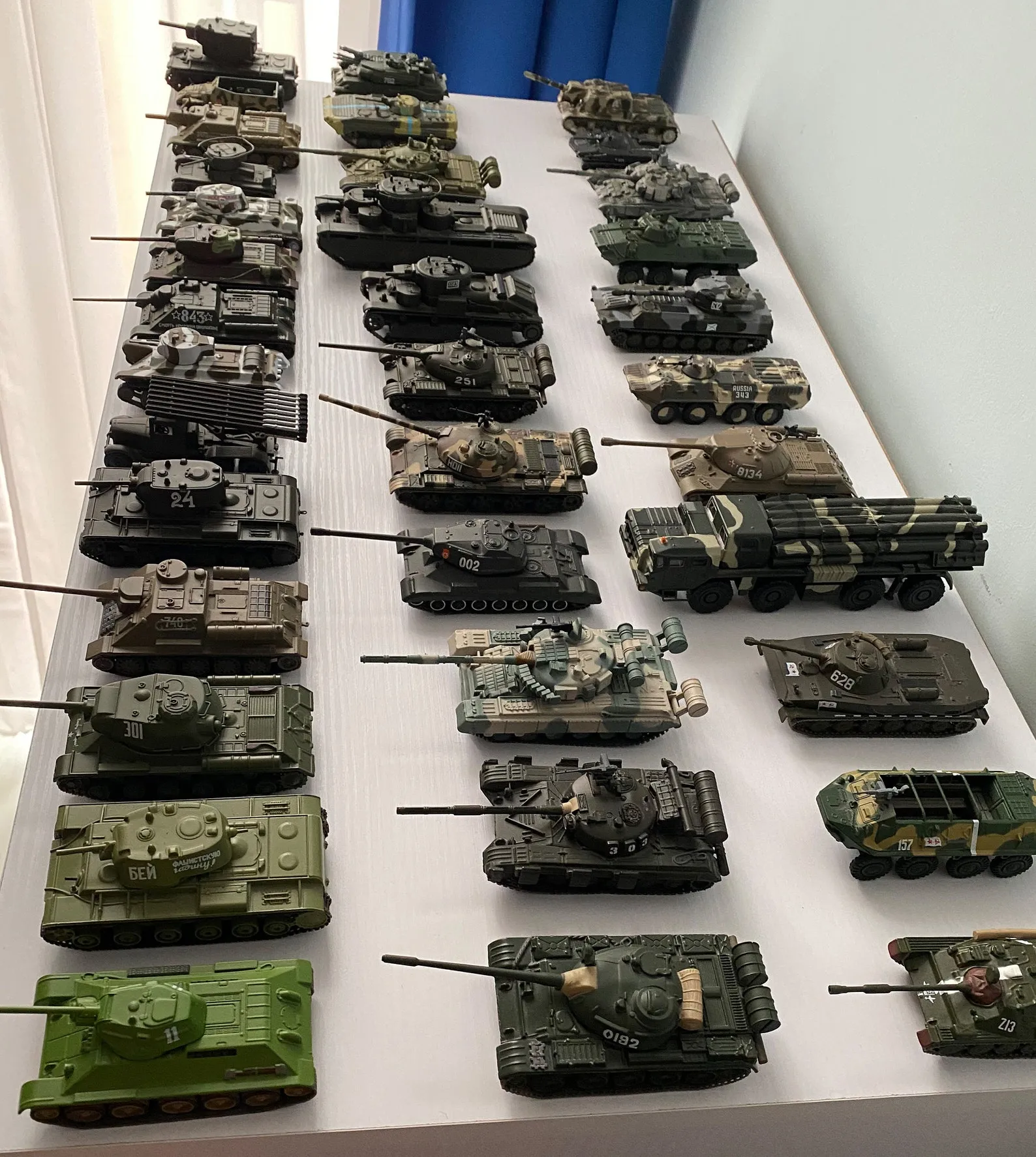World War 2 diecast models offer a captivating way to connect with history, providing detailed miniature representations of the vehicles, aircraft, and weaponry that defined the conflict. For enthusiasts and collectors, finding the best models involves understanding the key factors that contribute to quality, authenticity, and value. This guide will help you navigate the world of WW2 diecast models, offering insights into scales, materials, and where to find these historical treasures. Whether you are a seasoned collector or a newcomer, this information will equip you to make informed decisions and build a remarkable collection.
Understanding WW2 Diecast Models
WW2 diecast models are miniature replicas, typically made from diecast metal, of vehicles, aircraft, and other equipment used during World War 2. The term ‘diecast’ refers to the manufacturing process where molten metal is injected under high pressure into a mold. This method allows for intricate detailing and robust construction. These models are not just toys; they are highly sought-after collectibles and educational tools, providing a tangible link to the past. The appeal of these models lies in their historical accuracy, the craftsmanship involved, and the opportunity to own a piece of history in miniature. Collectors often focus on specific types of vehicles, historical campaigns, or particular manufacturers, driving a diverse and vibrant market.
Scales and Materials
Scale is a critical consideration when collecting diecast models. It refers to the ratio between the model’s size and the size of the real-life object. The scale dictates the overall dimensions of the model and influences its level of detail and display options. Common scales used for WW2 diecast models include 1:72, 1:48, and 1:35. Each scale offers a different balance between detail, size, and cost, allowing collectors to choose based on their preferences and available display space.
Common Scales for Models

Several scales are prevalent in the world of WW2 diecast models. 1:72 scale is a popular choice for aircraft and tanks, offering a good balance of detail and manageable size. 1:48 scale is also common, especially for aircraft, providing a larger model with increased detailing opportunities. 1:35 scale is often preferred for tanks and other ground vehicles, allowing for even greater detail and the inclusion of figures and dioramas. The choice of scale often depends on the collector’s preferences, available space, and the types of models they wish to collect. Some collectors specialize in a specific scale, building a comprehensive collection within that framework.
Materials Used in Diecast Models
Diecast models are primarily made from a zinc alloy, often referred to as Zamak, which provides durability and allows for intricate detailing. Other materials like plastic and rubber are also incorporated for parts like wheels, tracks, and accessories. High-quality models often feature metal parts for the main body and essential components, ensuring a realistic weight and feel. The use of different materials adds to the model’s authenticity and visual appeal. Paint quality is also important, with manufacturers using various techniques to achieve realistic finishes, including weathering and shading, to replicate the wear and tear of real-world vehicles.
Identifying High-Quality Models
Identifying high-quality WW2 diecast models requires close attention to detail and an understanding of what separates a superior model from a less-detailed one. The best models exhibit meticulous craftsmanship, with accurate proportions, fine detailing, and a realistic finish. Careful examination of the model will reveal the quality of construction, the accuracy of the paint job, and the overall level of realism. Look for models that capture the essence of the original vehicle or aircraft, paying close attention to the details that bring the model to life and make it a valuable addition to any collection.
Details to Look For

When evaluating a diecast model, examine the fine details. Look for correctly rendered features such as panel lines, rivets, and hatches. The accuracy of the markings, including national insignia, unit markings, and stencils, is also crucial. High-quality models often include detailed interiors, such as cockpits in aircraft or crew compartments in tanks. Check for well-defined weaponry, such as machine guns and cannons, and accurate track or wheel designs. Small details, such as antennas, mirrors, and other accessories, contribute to the model’s overall realism. These features, combined with a realistic paint job, make the model truly exceptional.
Authenticity and Accuracy
Authenticity and accuracy are paramount in the world of WW2 diecast models. The model should accurately represent the original vehicle or aircraft, based on historical research and accurate blueprints. Check for correct proportions, dimensions, and overall shape. The markings and paint schemes should be historically accurate, matching the colors and insignia used during the war. Research the model’s details to ensure that it corresponds to the real vehicle or aircraft it represents. Reputable manufacturers often collaborate with historians and use extensive research to ensure their models’ authenticity, making them valuable and sought-after collectibles for discerning collectors.
Where to Buy WW2 Diecast Models
Finding the best WW2 diecast models involves knowing where to look. Several avenues cater to collectors, each with its advantages and disadvantages. Understanding the different options allows you to find the models you want at the best possible price, adding value to your collection. Online retailers, specialty shops, and auctions offer diverse selections. Additionally, attending collectors’ fairs and shows presents opportunities to discover rare models and interact with other enthusiasts.
Online Retailers

Online retailers provide a vast selection of WW2 diecast models from numerous manufacturers. Major online marketplaces and specialized model stores offer convenience and a wide range of choices. The advantage of online shopping is the ability to compare prices, read reviews, and access a global market. However, be sure to buy from reputable sellers to ensure authenticity and quality. Pay attention to shipping costs and return policies. Many online retailers also offer detailed product descriptions and high-quality photos, allowing you to examine models closely before purchasing.
Specialty Shops and Dealers
Specialty shops and dealers offer a more curated selection and often provide expert advice. These stores cater specifically to model enthusiasts, offering high-quality models, rare finds, and personalized service. Visiting a specialty shop allows you to inspect models in person, assess their quality, and discuss your collection with knowledgeable staff. Dealers can often source specific models and provide insights into the history and value of different pieces. Building a relationship with a trusted dealer can be invaluable for any collector.
Auctions and Collectors’ Fairs
Auctions and collectors’ fairs offer unique opportunities to find rare and vintage WW2 diecast models. Auctions, both online and in-person, often feature highly sought-after pieces and limited editions. Collectors’ fairs provide a marketplace for enthusiasts to buy, sell, and trade models, connecting with other collectors. Attending these events allows you to discover rare models, interact with other collectors, and learn more about the hobby. However, it is crucial to research the models and sellers beforehand to ensure authenticity and avoid overpaying. Auctions can be a great way to find rare models, but it’s essential to set a budget and stick to it.
Factors Influencing Price

The price of WW2 diecast models varies based on several factors, including rarity, condition, manufacturer, and demand. Understanding these factors will help you make informed purchasing decisions and assess the value of your collection. Rare models, those produced in limited quantities, and those in excellent condition command higher prices. The manufacturer’s reputation and the model’s historical significance also impact the price. Market trends and collector demand play a significant role in determining the value of particular models.
Rarity and Limited Editions
Rarity is a primary driver of value in the world of diecast models. Limited editions, which are produced in small numbers, are often highly sought-after by collectors. The scarcity of a model increases its desirability and potential resale value. Special releases, such as those commemorating specific historical events or featuring unique paint schemes, also contribute to a model’s rarity. Collectors should always look for models with limited production runs, certificates of authenticity, and other indicators of rarity. These models often appreciate in value over time, making them desirable investments.
Condition and Preservation
The condition of a diecast model significantly affects its value. Models in mint condition, with no visible flaws, are the most valuable. Factors such as original packaging, the absence of scratches or paint defects, and complete accessories contribute to a model’s condition. Proper storage and preservation are essential for maintaining a model’s value over time. Protecting models from sunlight, extreme temperatures, and humidity helps preserve their appearance. Collectors should carefully inspect models before purchase and take steps to protect them from damage or deterioration. Proper care ensures the longevity and value of the models in your collection.
Tips for Collectors

Collecting WW2 diecast models can be a rewarding hobby. Developing sound collecting practices enhances the enjoyment of the hobby. This includes careful storage, engaging with other collectors, and continuing to learn about the history of the models. By following some simple guidelines, you can build a valuable and satisfying collection. Learning about different manufacturers, vehicles, and historical periods can greatly enhance your appreciation of the models.
Storing and Displaying Models
Proper storage and display are crucial for preserving the condition and value of your diecast models. Store models in a cool, dry place away from direct sunlight and extreme temperatures. Dust and moisture can damage models over time. Display cases with UV protection are ideal for showcasing models and protecting them from dust and damage. Consider using clear display cases, shelving, or shadow boxes to create an attractive presentation. Arrange models by scale, type, or historical period to create a visually appealing collection. Regular dusting and cleaning are essential to maintain your models’ appearance.
Joining Collectors’ Clubs
Joining collectors’ clubs provides numerous benefits, including access to information, networking opportunities, and the chance to learn from experienced collectors. Clubs often host meetings, events, and online forums where you can share your passion with others. Collectors’ clubs can provide invaluable resources, including information on rare models, pricing trends, and restoration techniques. Connecting with other collectors helps you to discover new models, learn about the hobby, and build lasting friendships. Participating in a community of collectors enhances the enjoyment and value of your collection, enriching your overall experience.
In conclusion, finding the best WW2 diecast models requires knowledge, research, and a passion for history. Understanding the factors that contribute to quality, authenticity, and value empowers you to build a collection that reflects your interests and appreciation for this remarkable period. By carefully considering scale, materials, details, and the best places to buy, you can discover and acquire models that will bring you lasting enjoyment. With diligent care and by actively engaging with the collecting community, you can create a treasured collection of historical significance.
